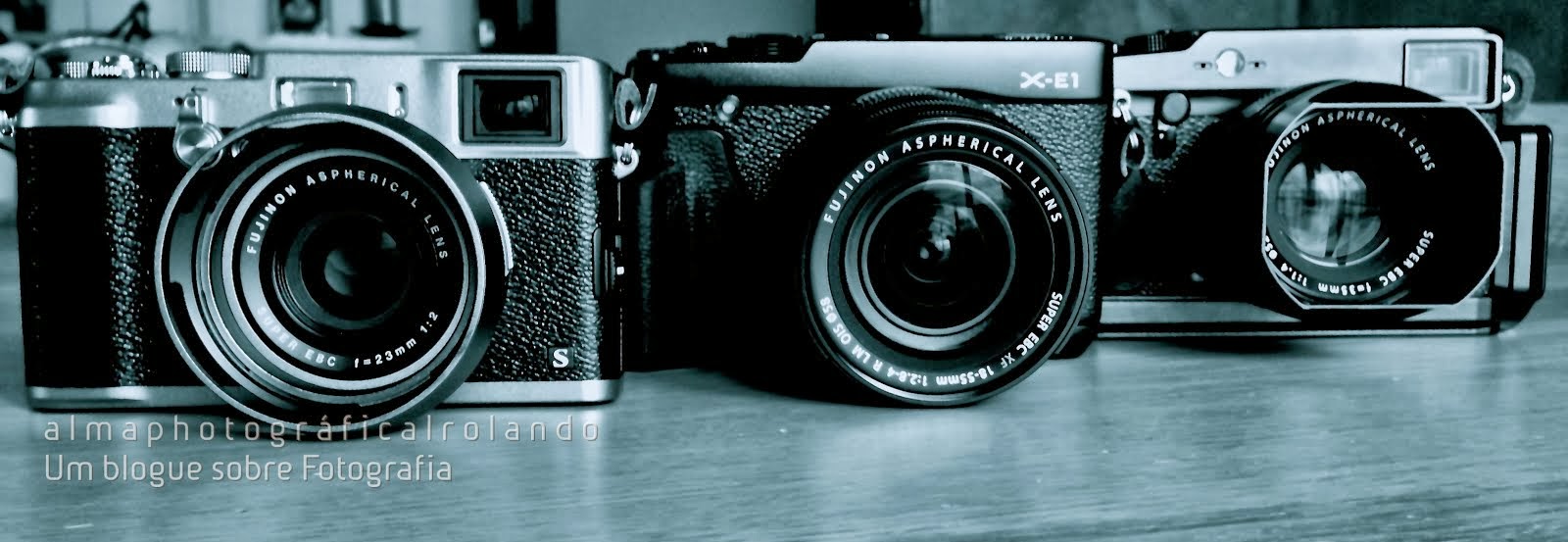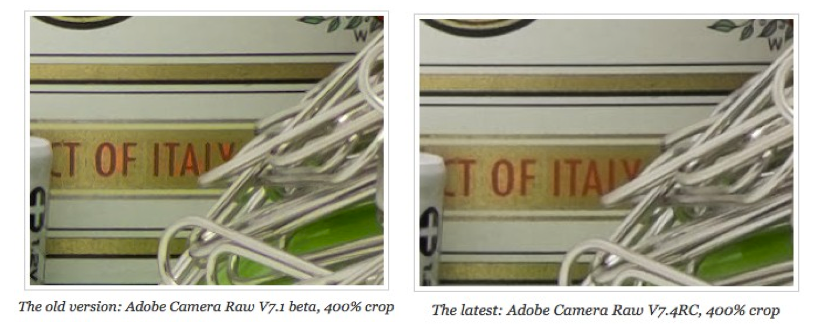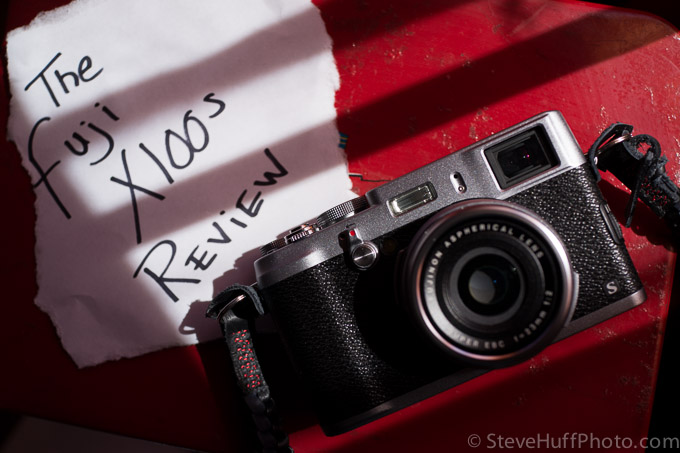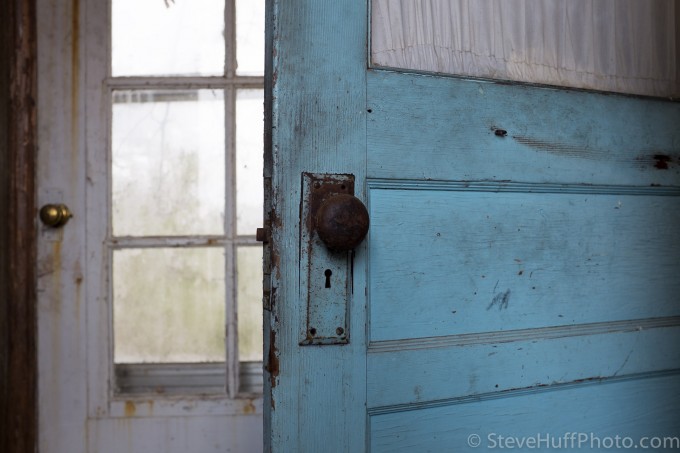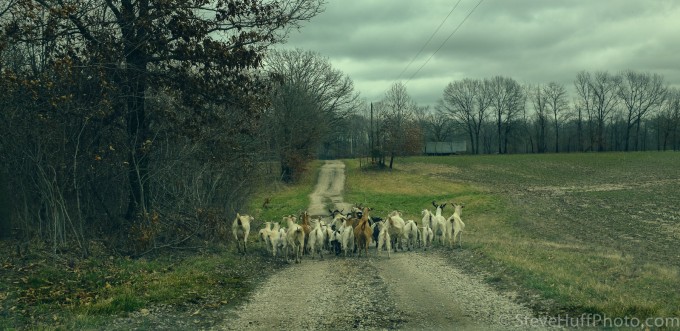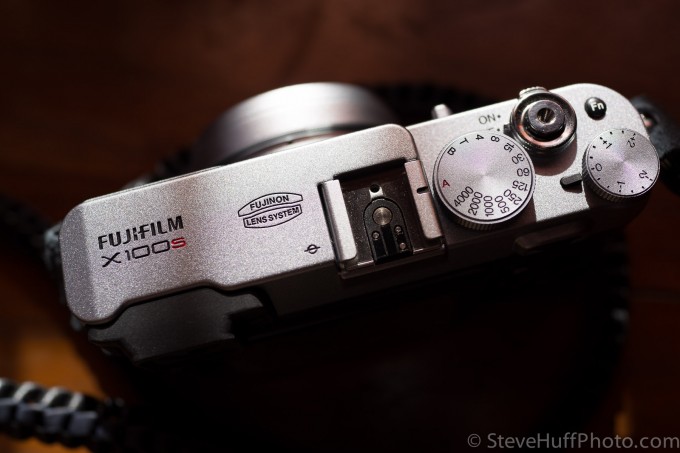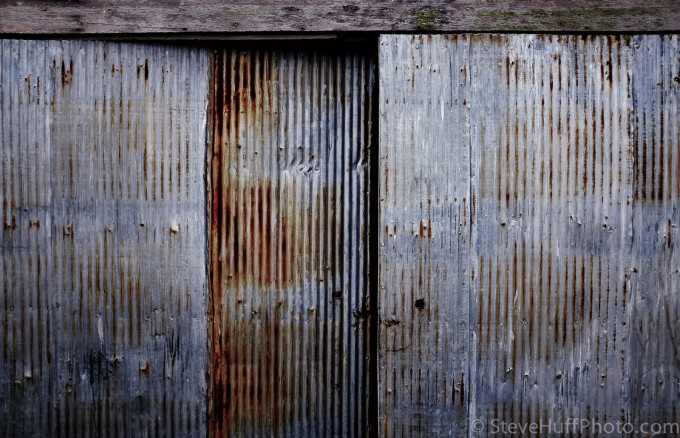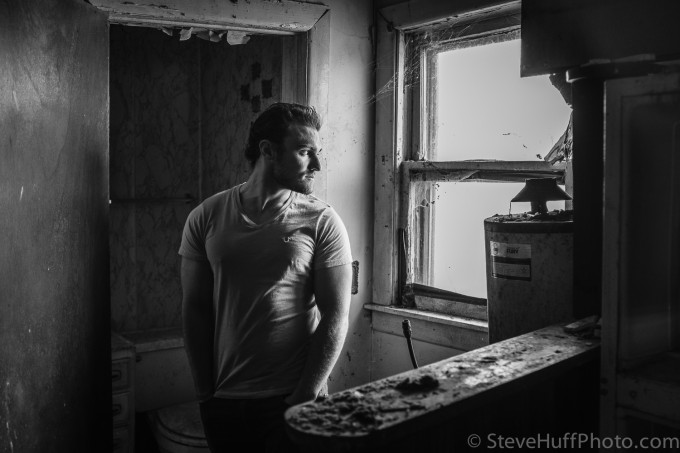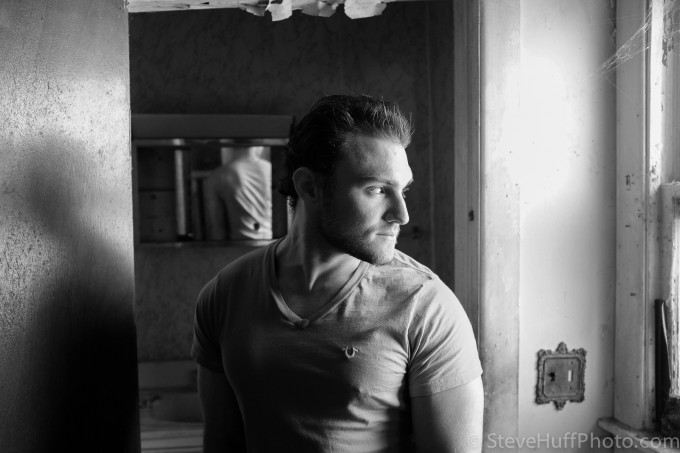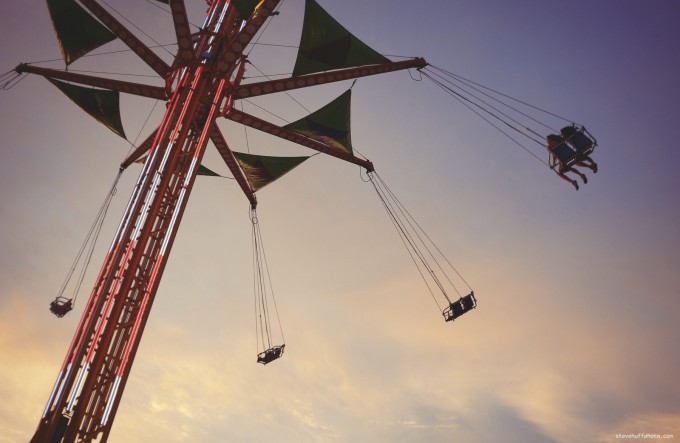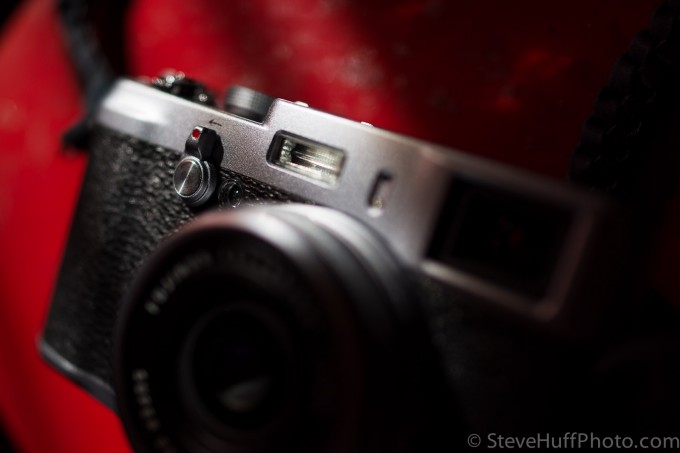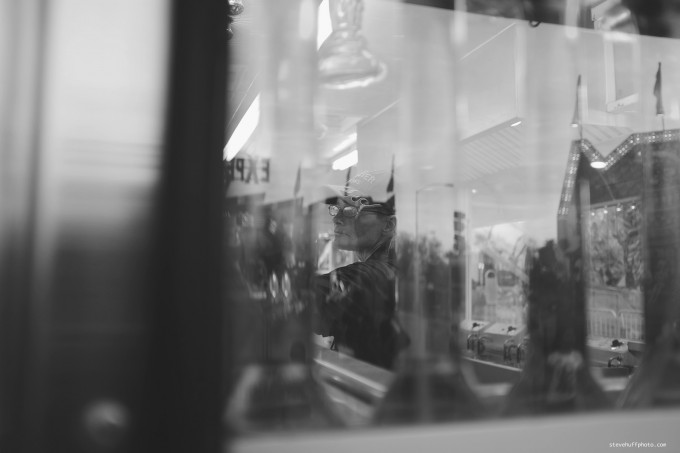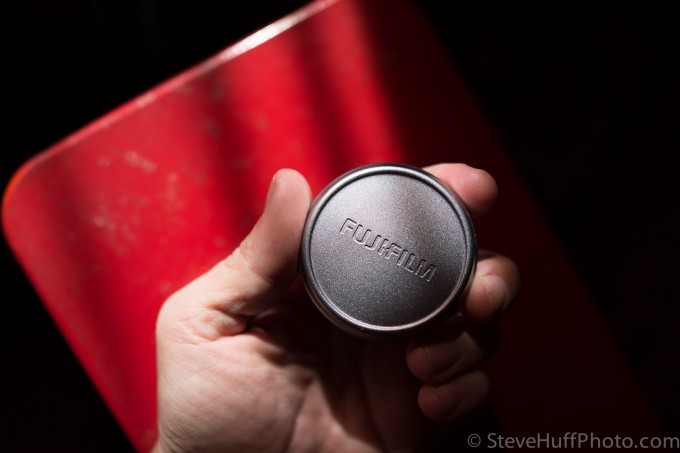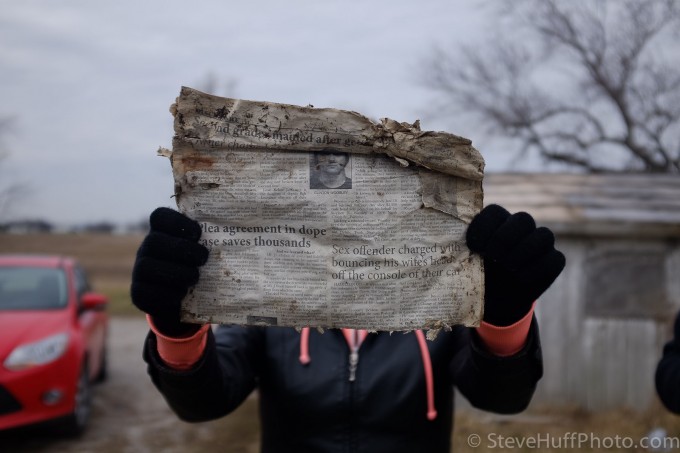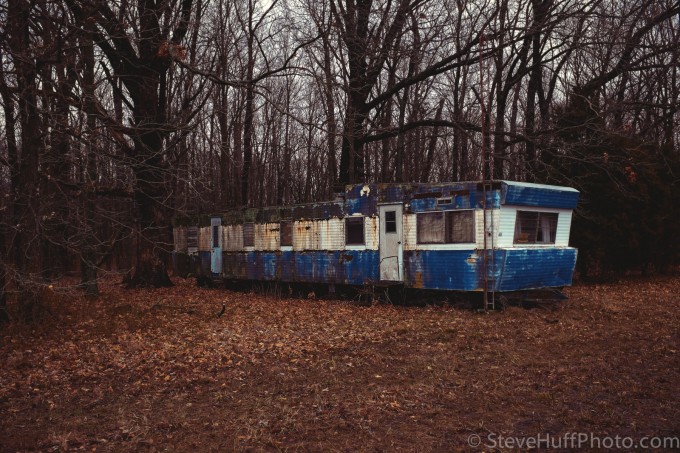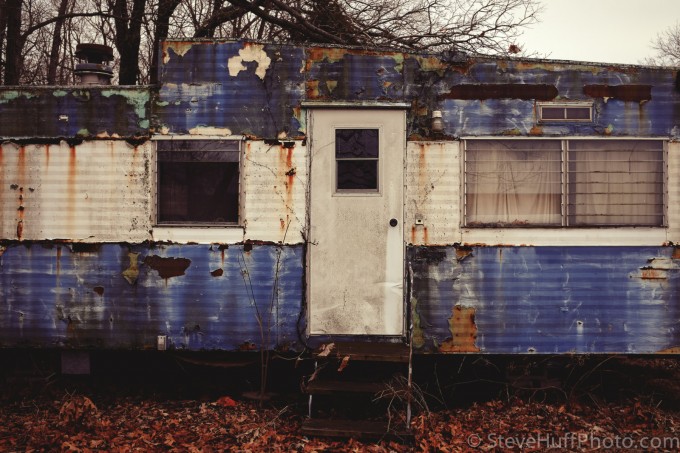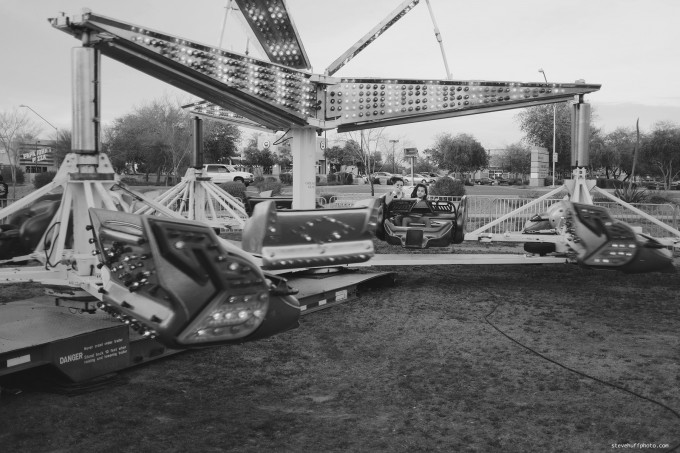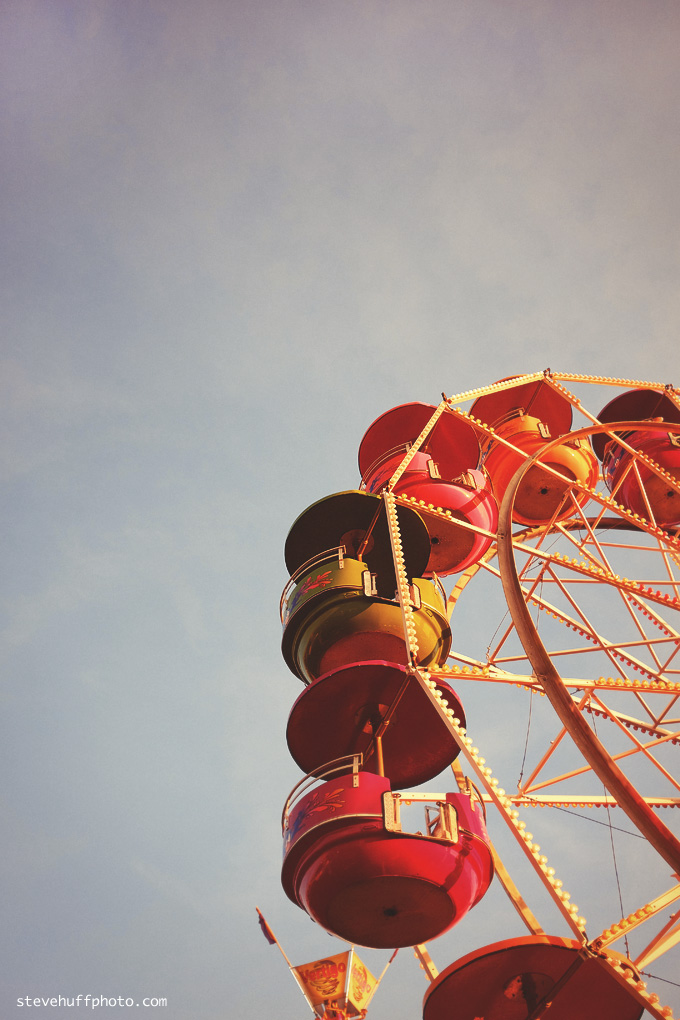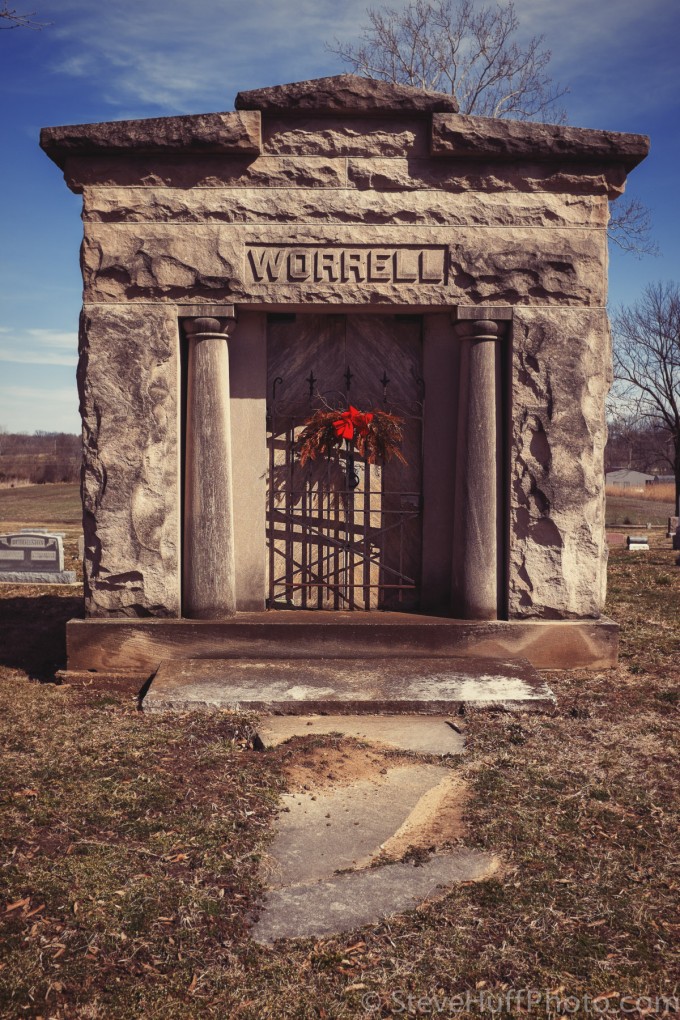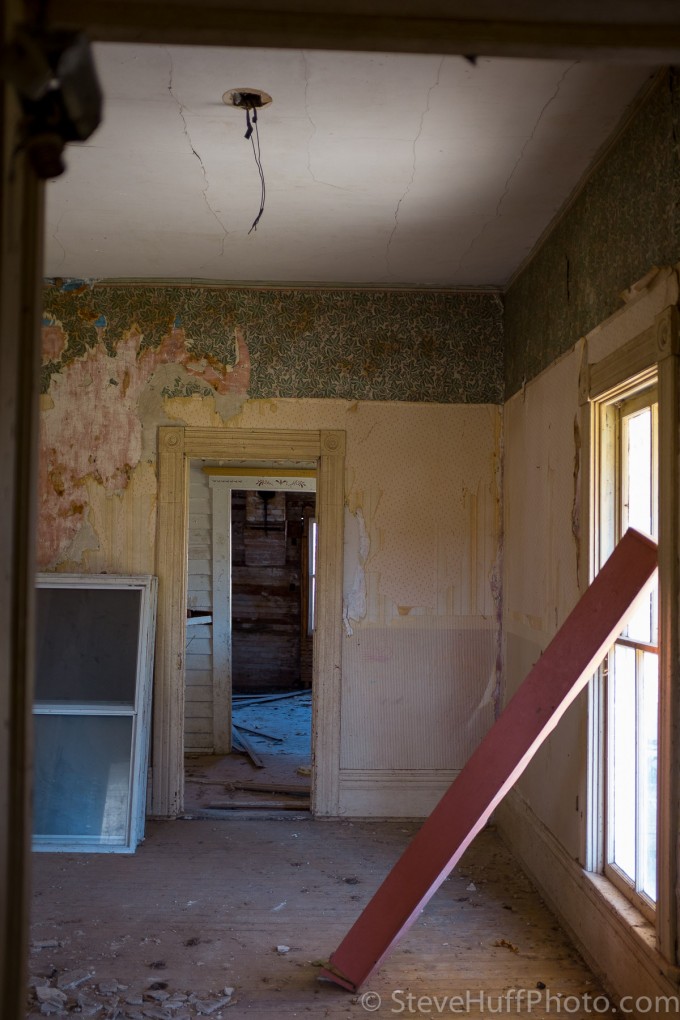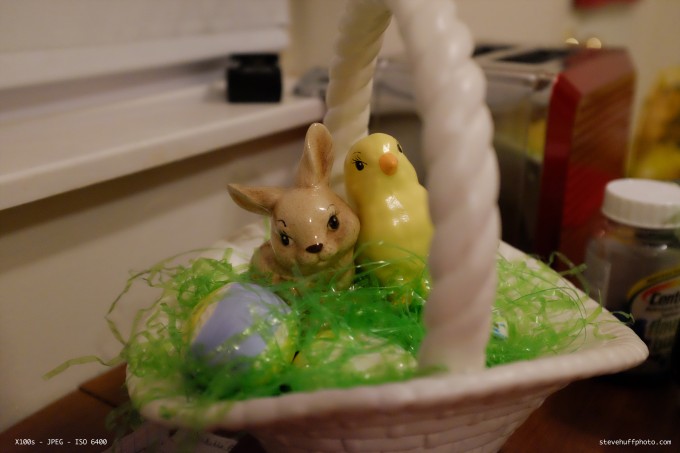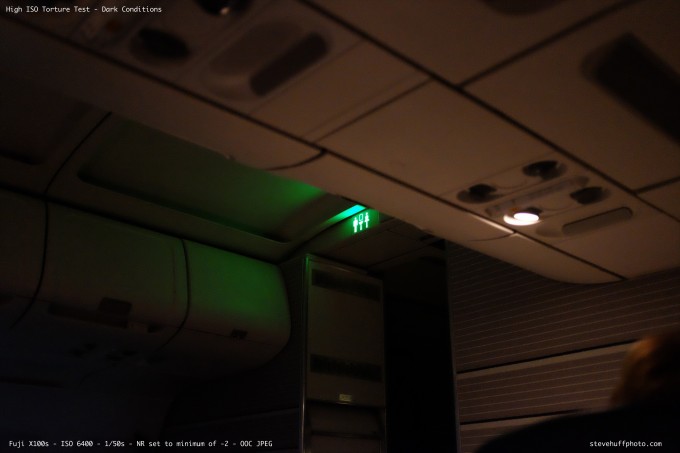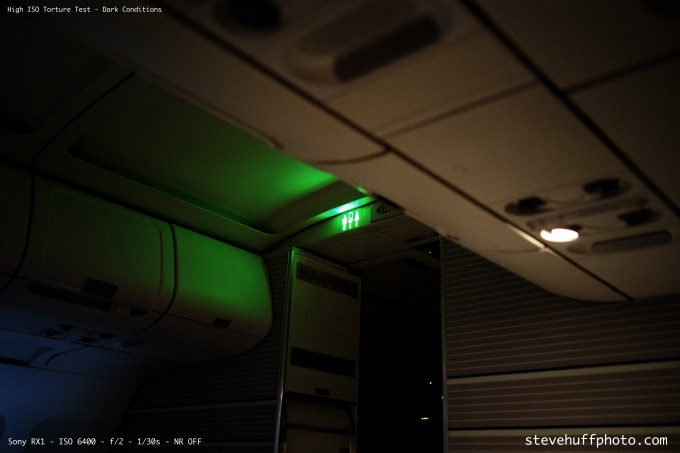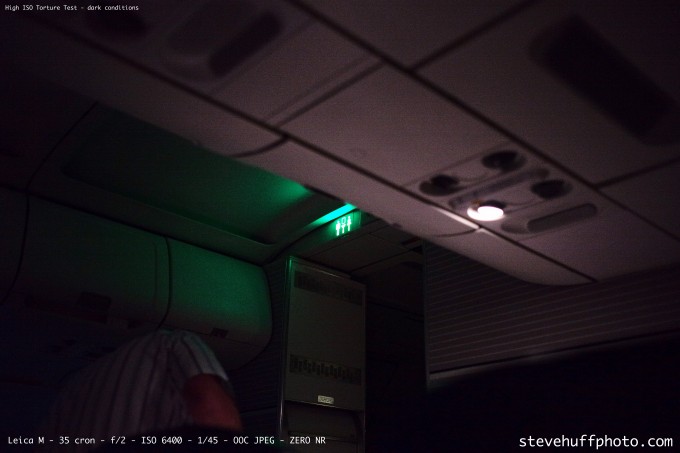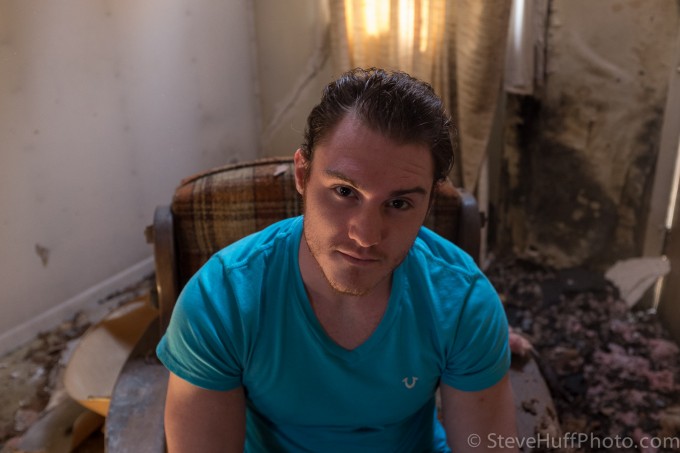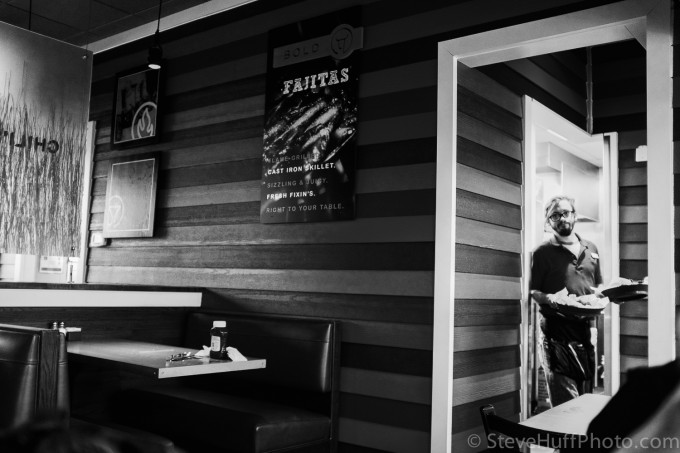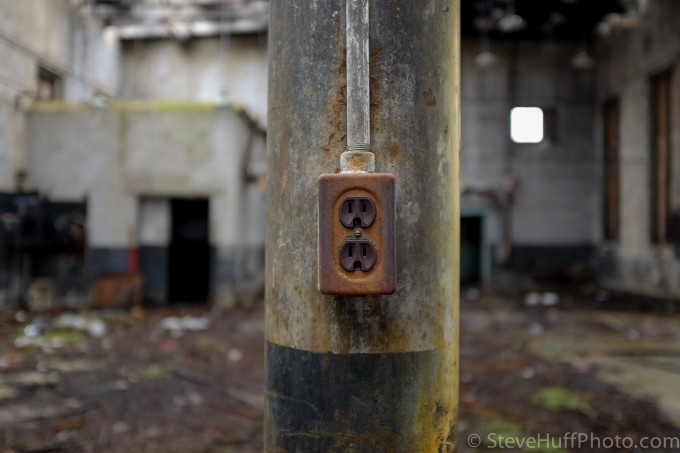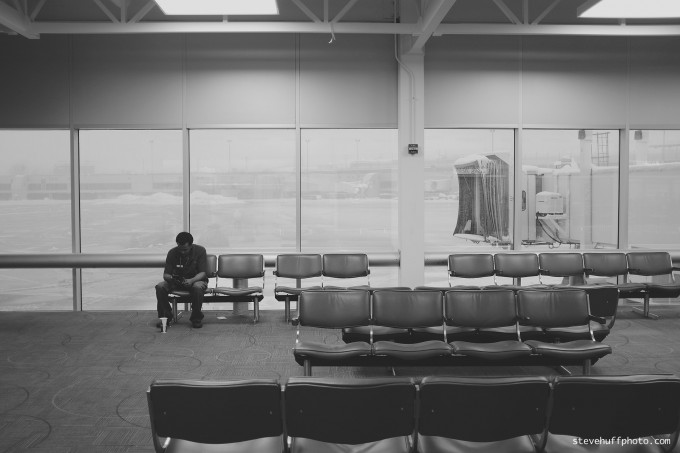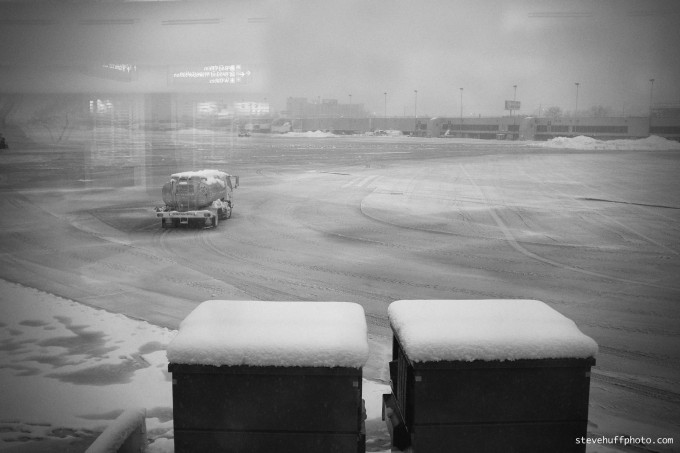The Fuji X100s Review – The S Stands for Sexy, Speedy & Stealthy by Steve Huff:
The Fuji X100s Review – The S Stands for Speedy by Steve Huff
NOTE: This Fuji X100s review is a real world use review which means I take the camera and use it for 2-3 weeks and then write my thoughts and share the images I have shot with the camera. If I run into trouble I say so. I list the pros and cons of the camera and do some comparisons along the way. Some of the photos here have been tweaked with Alien Skin Exposure. Some are direct from camera JPEG and some are direct RAW conversions. I will list what was done to each image. I have done this so you can see a sampling of all kinds of images in all kinds of situations including the use of filters and plain OOC pictures as well. Enjoy! (Product shots with Sony RX1)
The Fuji blues remain intact  from RAW – no filters
from RAW – no filters So you know…
You can order the X100s at B&H Photo or Amazon. You can also read my long X100 review HERE as much of what pertains to the X100 also pertains to the X100s. I will only be going over the major changes here as well as showing quite a few samples.
It’s heeere!
Hello hello hello! Here I am with the long awaited Fuji X100s review that so many of you have been wanting to read and see. It has been a couple of years since the beautiful but flawed
Fuji X100 (which was one of my favorite cameras of all time) and here I am with what looks like an exact replica of the X100 simply named, the X100s. But looks can be deceiving,
and this X100s is much improved over the old X100 in just about every single way. Yes my friends, Fuji finally did get it right. Hope that was not a spoiler, and no the camera is not perfect but yes, this is a big improvement over the X100s, especially in the usability department.
“Road Block” – JPEG processed with Alien Skin Exposure
The original X100 was and still is a gorgeous camera and while most X100 users love their camera, there were some that were too frustrated by it to enjoy it. It is true that it had slow AF speed and an overall feeling of lag when using it but for me it did not matter because the camera was beautiful in the design, the EVF/OVF was superb
and the image quality had some MoJo not far off from Leica land. But when using a current camera you love it and do not realize that just a year or two down the road its replacement will come and in most cases, this means improvements. It is how camera companies learn..by using us as their beta testers. The Fuji x100s is a result of feedback given by all of those who shot the X100, and that feedback worked and we now have the improved X100 we have been waiting for.
All for $1299, or almost a 3rd the cost of just a
Leica 35 Summicron M lens! Yes, just that 35mm f/2 lens from Leica costs $3200!
The X100s (just as the X100) as you may know is a fixed lens camera. You can not change focal lengths and you are literally stuck with a 35mm FOV using the 23mm lens built into the X100s. For $1299 you can get 80% of the quality of a
Leica ME and 35 Summicron which will set you back $8500 new. Not too shabby huh? I am not saying the X100s equals the file quality of the
new Leica M, but for less than 1/6 the price, the X100s will make 90% of shooters looking for this kind of camera very happy. The quality is superb, even using OOC JPEGS and you can slide the camera into places larger ones can not go. What is not to like?
an OOC JPEG from the X100s with “S” color mode – I love the look of this from color to rendering
But as I said, the old X100 also put out superb images but it was a bit on the slow and laggy side so Fuji worked feverishly to improve the X100s and boy did they improve it in ways that it really really needed. This is a case of
“You talked..we listened” and Fuji has done what I never thought they could do. Produce a fast speedy, sexy and stealthy camera

The lens in the X100 is still the same, and this is a good thing. Click image for larger. This was a JPEG, not from RAW.
SPEED – GIVE ME WHAT I NEED
With this all new X100s speed is the #1 improvement and in regards to Auto Focus, Fuji has now added phase detect Autofocus to the center of the frame and it engages automatically when it can be used. I am happy to see camera manufacturers start doing this. Sony added phase detect to their
current line of NEX cameras and improved the speed of their AF by quite a bit when using compatible lenses. One of the weaknesses of many mirrorless cameras in the past has been slow or dodgy Auto Focus, especially in low light. I am happy to see this changing. I remember the very 1st mirrorless Micro 4/3 cameras and they were so so slow when compared to what we have today.
I have found that the AF of the new X100s is about 2 times quicker than the X100
in good light (not scientific, just going by feel and memory). It is pretty much instantaneous - aim, fire, bam! It just works. But all is not perfect! In low light the camera still hunts a little and in fact I had an easier time focusing in low light with my
Sony RX1 over the X100s (yes, this is fact). Both were similar but the X100s hunted more and missed lock 2 or 3 times. BUT, this was low light and indoors, a struggle for almost any autofocus camera. I also had some issues getting it to AF on a certain subject, even when making the AF window a teeny tiny spot focusing patch. I had this issue with the
X100,
X-Pro 1 and
X-E1 as well.
B&W conversion look pretty good too:
X100s, B&W conversion in Lightroom 4.4
But overall, the AF is a huge improvement over the X100. T
he camera just feels super responsive in all aspects.
I will even say this: give the X100s some good light or decent light and it is an all out speed demon. It is not only the AF that has been improved though. In fact, Fuji claims over 70 improvements and while many of these are minuscule they all add up to make the new “S” the best Fuji digital camera to date. Yes, I just said that.
The best Fuji digital to date. In my eyes it beats the X-Pro 1 and X-E1 in every area except of course the ability to change lenses.
“Sky High” – This one was from RAW, lowered contrast, lightroom 4.4
The Fuji X100s also has been sped up in the overall responsiveness of the camera. Gone are any signs of sluggishness as the new processors take this baby to new heights in the speed department. Snap a picture and BAM, it is written to your card. Browse the menu and BAM there is no lag or delay whatsoever. The camera feels slick in use and while browsing menus. It is an all new camera in the speed department, just be sure to use a fast SD card in this baby. It will use it.
The meu layout and system are similar to what you had in the X100 with some new additions including;
Advanced Filter:
This is basically filters for your images if you are shooting JPEG. You can choose from Partial Color effects to soft focus, dynamic tone, low key, high key, pop color, miniature and toy camera mode. These are similar to what we now see on the Sony NEX and Olympus micro 4/3 cameras. I tried them but did not care for them as they were a bit overdone.
Shutter Count:
You can now see how many shutter fires the X100s has had, very helpful in the resale market. All cameras should have this which acts as sort of the “Mileage” of you camera.
SENSOR – X-Trans inside of the X100s
Fuji changed the sensor this time around and we no longer have the lovely and smooth 12MP sensor that was inside of the X100. Nope, we now have the 16MP X-Trans flavor of sensor and to many this is a huge welcome. I have read where some felt the X-Trans was a mistake because the last Fuji X100 sensor had some magic and I agree that is true to some extent because had its own unique look over the X-Pro 1 and X-E1 sensors. Now the X100s images have the same feel as the X-Pro/X-E1 as it is using an X-Trans sensor, but not sure what it is…maybe the lens that they were able to tweak for perfect performance with the sensor but I am enjoying the IQ from the X100s more than I did with the X-Pro 1 and E1.
I have heard many will say a sensor has nothing that will make it any different from any other sensor in regards to image quality. I disagree. The images that come from an X-Trans sensor do indeed look different than something that comes from a normal CCD or run of the mill CMOS sensor. In some situations the output can indeed appear flat with the X-Trans but in other situations it can be damn beautiful with a unique look that some will easily spot s that “Fuji” look. It also does decent with B&W conversions and the dynamic range is high but I have shot with just about every camera out there over the years and when comparing Fuji X-Trans images side by side with the big guns like Leica M, Sony RX1, D800, etc they do appear to be more flat or “digital” to my eye. That is OK though because the Fuji is much less expensive and still damn good and most shooters will never see it. It really is only visible upon side by side comparisons anyway and regardless, the results from the X100s will look beautiful as you can see with the samples here in this review.
HUGE DR is here to stay it seems. This is a trend I am seeing as all sensors progress. The sensor in the Sony RX1 has huge dynamic range. The Leica M sensor has huge dynamic range. The Nikon D800..same thing. As sensors get better and better, our images will start looking different due to the increase in Dynamic Range. What used to look a little hard, blown out or digital will now start to appear smoother and with more to the image in the dark and light areas, all due to increased DR. The X100s sensor has fantastic DR as well.
I used an Alien Skin B&W filter for the B&W conversion here.
The Fuji X100s Experience
When taking the camera out of the box you immediately hold it in your hand and it feels right. It looks right. It is thin, light, and feels solid for the most part (some parts are plasticky) but not over built. To many, this camera feels like the best camera they have ever held. The built in EVF/OVF is welcome and a sight for sore eyes, especially when other camera manufactures leave it out and then charge you hundreds of an external wart (Sony and Leica). The camera is slim, thin, light and pretty much all one really needs for fantastic photography. We also still get the shiny lens cap included

It may not be a Leica solid feel or even feel as solid as an RX1 but it feels “right” just as the X100 did.
Everything is here – the manual aperture dial on the lens, the shutter speed dial up top, the exposure compensation dial and the customizable buttons you can set up to your liking.
The Fuji X100s is a very mature camera, much more so than the companies own “PRO” camera, the
Pro 1 which I did not care for so much. Shooting the new 100S is intuitive, quick and problem free. When you see your preview snap up instantly you can tell if you nailed the shot and you also see those Fuji colors and Fuji signature.
OOC JPEGS are better than RAW right now due to no real RAW support yet
Yes, the X100s experience is much better than the X100…much like Leica improved
their M9 with a better, bigger, stronger and
faster M, Fuji has now done the same with their best selling camera to date, the X100!
But the Leica is
$7k just for the body. $10k for the body and a
35mm lens. The Fuji is
$1299. Wow. Does it hold up to the Leica M? In some ways it can (this little guy can be sharp and has great high ISO performance and give its own look) but for the most it can not (and I would not expect it to) but the fact that it can even be compared in IQ is quite the amazing thing, don’t you think? Viewing files at 100% show you the files are not as rich or deep and you do lose some shallow depth of field possibilities over a full frame setup and they do appear more digital than those FF powerhouses but is that worth over $8500 extra? Hmmmmmm, you tell me.

If you are not into the full RF experience like myself and many others who choose Leica for that and the glass, the X100s or RX1 is your next best bet, and the X100s has that something that just draws you to it.
As a matter of fact you could buy 7 X100s’s for the price of one Leica M setup and that is Crazy! I have a sneaking suspicion that Fuji will sell a TON of these, probably even more than the X100, and the great part? It is a full mature camera and can last you a long long time because there is really nothing wrong with it or anything to irritate you or bug you or cause you to have problems when you go out to take photos.
“Horror Movie” – Shot with the X100s in JPEG mode then ran through Alien Skin for the look I wanted.
The Arrival of my own X100s
When the Fuji X100s arrived to me I first thought I was sent the X100 by mistake because it looks and feels just about the same. Besides the S on the front bottom right it would be tough to tell the difference between this and the old model. But there are differences that most X100 owners could spot just by handling the new X100s.
The dials are stiffer. The Buttons feel better and things like the Focus selector switch have been improved. The new EVF has double the resolution of the old one and no lag or choppiness when viewing through it. We still have the optical view finder as well (which as with the X100, I still do not use due to problems with AF up close though this has been improved upon).
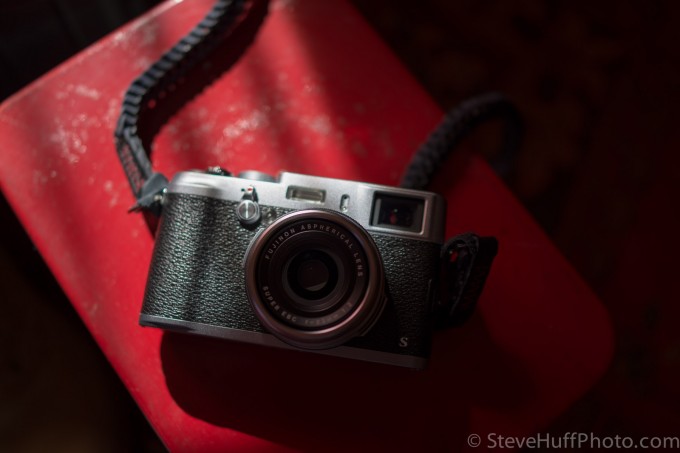
Close focus distance has improved and you can now focus really close without even being in macro mode, as close as 0.21 meters. Fuji improved the location of the AF slider switch as well as giving us a new Q menu which I now use constantly if I want to change a setting because it is quick and easy. The built in “one button press” to activate ND filter is still here which is genius as it allows you to shoot wide open at f/2 even in bright sunlight. Fuji has even improved the already excellent high ISO of the X100 and makes a one stop improvement in this area as well. This may be the best at high ISO I have ever used. Period.
Wow. All while keeping the price the same!
What is the real story of these improvements?
Well, after shooting the X100s for a while and having extensive experience with the original X100 it boils down to one thing for me as to where I really see these improvements in real world use and that is…
SPEED – From AF to operating speed this guy is fast. In all but low dim light the AF is super fast (but not quite OM-D fast) but when the light drops some the AF slows down and if it gets really dim, it will hunt and not lock. Still, the AF is speedy, the operation of the camera, menus, write times, etc – all super speedy now. This is a mature camera in the speed department and overall faster than the Sony RX1 (in good light) and any previous Fuji digital camera.
Direct from RAW, no PP, ISO 1250
As for IQ, it is not far off from the X100 but seeing that it uses the new sensor the images will look a bit different than what you see in the X100. We have the same lens but with the new 16MP X-Trans we get that nice Fuji feel and look and with the fantastic lens on the X100s, the camera performs well. There is nothing to complain about in the speed or IQ areas of the camera. But what about other things? Are there any problems or quirks with the X100s?
This is a shot from RAW with the X100s – Adjusted sliders in Lightroom 4.4
Well, I have found no major quirks or trouble with the X100s. Fuji really did listen and delivered a product that will please just about anyone and if you own or owned the X100 and really enjoyed it, you will fall in love with the X100s as it gives you everything you wanted in the X100 but didn’t have.
But the camera is not perfect.
There were a few times I could not get the AF to lock, in bright daylight when trying to focus on a small subject, like a leaf on a tree. Even making the AF area teeny tiny for a spot focus it wouldn’t do it. The RX1 had no trouble with the same leaf so not sure why the Fuji did. Also, I still had some OOF shots when using the OVF up close (but not every time) so I would still avoid shooting the OVF of your subject is really close. Finally, in low light the AF does hunt and is slow. Sometimes it will not even lock on. This is in pretty low light I am talking, say indoors, night time, house lights on. The RX1 beat the X100s in AF speed in my house at night. So while the X100s is super speedy most of the time (Superman) it is slower at night and low light (Clark Kent).
I also had two instances where the camera back focused and I have no clue why as I focused precisely on my subject and it locked but the resulting image was back focused a tad.
Other than that I have nothing negative to say about the camera.
New Manual Focus Modes – Peaking and Split Image
The X100s also comes with some new tricks up its sleeve in regards to manual focus. Fuji added peaking but in the beginning I did not really know why. I mean, this is meant to be an AF camera. We can not add old manual lenses to it where peaking is really needed so I would guess that MF would only be used in tough to AF situations. If that is the case there is now Focus Peaking when you switch it to manual focus mode and after using it…WOW! It works fantatsic. The peaking is very pronounced unlike it is in the new Leica M (where it is very weak) and when it is in focus you will know it. I sat around in my kitchen one night messing with the peaking and it was a joy to manually focus, so so so much nicer than the old X100 which was useless in MF mode IMO.
So the peaking gets an A+!
There is another way you can manually focus the X100s and that is by using “Digital Split Image” and is almost..almost “rangefinder” like. Basically you look through the EVF or use the LCD and you line up the image. When the horizontal bands are lined up you fire and should be in focus. After trying it out I really enjoyed this way of focusing as well!
So the Split Image gets an A!
This is good news because there will be a time when a Fuji X100s owner is trying to shoot (in a pub, dark location, etc) and the camera will not AF correctly. We can now slide it to MF mode and easily and quickly achieve manual focus. Superb!
Once all of this technology is perfected in a kick ass Fuji X body look out. If Fuji ever did this in a full frame body with quality glass and the ability to mount Leica glass? Wow. As it is now I still feel the APS-C sensor lacks a bit when compared to the Sony RX1 and Leica M in the mirrorless world but every year Fuji pulls something new out of their hat. Will be interesting for sure to see what they do in the years ahead.
-
High ISO shooting – NO NOISE AT 3200? REALLY?
I have been seeing some say that the X100s has NO NOISE up to 3200. Well, this is not really true but if you shoot JPEG you will be very pleased with the noise levels. If you shoot RAW and turn off all NR you will still be pleased but will have a little more noise to deal with though Fuji does seem to add NR even to RAW files. What you see below is a JPEG from the camera. NR was set at -2 in camera (you can not turn it off) and I used the “S” color mode. What you see may astound you! This was in my moms kitchen at 11 pm at night with one light on above the table (the kitchen light).
Just a test snap here…remember, the true test of high ISO performance is shooting in low light, when one would use high ISO. Not studio shots with lighting and using NR. That is in no way a real test of high ISO. Still, the X100s is kicking some serious booty in this department. Click the image for the full size OOC files. These are truly DIRECT OOC, from my SD card to this site. Below that is my HIGH ISO torture test between the X100s, RX1 and Leica M 240.
ISO 3200

-
and ISO 6400
You can also see my Leica M review where I tested the X100s against the Leica and Sony RX1 at high ISO as well as low ISO. You can see that test
HERE and the X100s appeared to win as far as noise goes. BUT, Fuji implements some in camera NR that can not be turned off, so this may indeed be why it wins. The Sony and Leica in that test had ZERO NR but I have realized Fuji applies some NT no matter what to the files. Below is a JPEG torture test comparison. I am using JPEGS for this test because the Fuji X100s RAW files are nor fully compatible with LR 4.4 yet. Keep in mind the Leica is not so hot at JPEG, the Sony usually is and the Fuji is as well:
The High ISO TORTURE TEST!
Dark conditions, ISO 6400, FULL OOC JPEGS from the Fuji X100s, Sony RX1 and Leica M. This is how high ISO should be tested because it is most likely a situation in where you will need it. Using studio lights to test ISO is silly as that will not tell you how a sensor will perform under conditions when you need these ISO’s.
As you can see when you click on the images for the full size, the Fuji applies some level of NR. It can not be turned off but I have it set to -2. the lowest it will go. This still creates mushiness that I hate. The Leica M has zero NR as does the Sony. Remember, this shot was in DARK conditions on a late night flight. Each lens was set to f/2, camera to 6400 and the shutter speeds were still low. This is a test for NOISE levels at 6400 in dark conditions.
First, the Fuji. Click each image for full size OOC JPEG file. Fuji had minimum of -2 NR (It can not be turned off)
-
Now the Sony RX1 – Zero NR
-
Leica M 240 – Zero NR – This camera can show banding at 6400
Having 6400 capability on a camera is nice but in reality, not needed. These crazy ISO’s really rarely get used in real life. I counted the number of shots in my photos from 2012 that were shot at 6400 or higher. I counted a few but they were test shots for reviews! I did not use 6400 or higher for ANY personal shots in all of 2012. They were all 3200 or below and the good news is, any camera APS-C or larger today can give you wonderful ISO 3200 results.
Full size files from RAW
It still seems that Lightroom 4.4 has an issue with Fuji X100s files. They fixed the issues with the X-Pro 1 files but the X100s still has some watercolor effect going on. Here is what you can expect until that is fixed if you are using Lightroom 4.4. Below is a full size file from RAW and you can click it for the full size but keep in mind that the odd results at 100% in the leaves is from Lightroom, not the camera or sensor. If you use Lightroom, I suggest shoot JPEG until the issue is fixed.
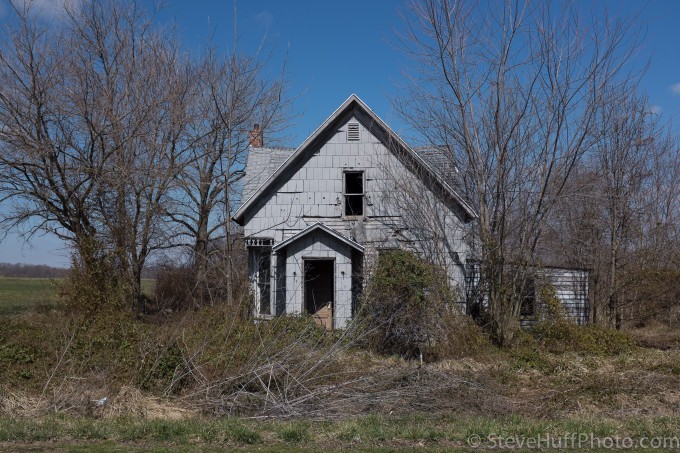
You can see detail and sharpness but there is also that oddball watercolor issue due to the RAW converter not being compatible yet. Once it is this issue will go away. The Fuji has no issue with sharpness or detail especially since there is no longer an AA filter in this camera. I found the lens is a little soft at f/2 and sharpness up by 2.8 and reaches max sharpness by f/4. You can get nice shallow DOF with it is you shoot up close to your subject but you will not get full frame shallow DOF or creaminess. Still, you do not really need all of that and what you get out of the X100s is very very pleasing to the eye..colors are nice, sharpness is nice, and it somehow gives you the warm and fuzzies just shooting with it. The built in EVF/OVF makes ALL of the difference in the world and EVERY camera should have one instead of a wart on top.
Portrait at ISO 2500 at 2.8 – direct from camera – yes, ISO 2500 without any lighting (the room was actually very dim)
RAW vs JPEG, two full size files
Many have been talking about the “watercolor” effect of the X100s RAW output when using Lightroom 4.4. I have been asked to put up two of the same file, one JPEG and one JPEG converted from RAW. Below are the two images. Can you spot the RAW file? (HINT: 1st one is from RAW, 2nd is an OOC JPEG, using LR 4.4)
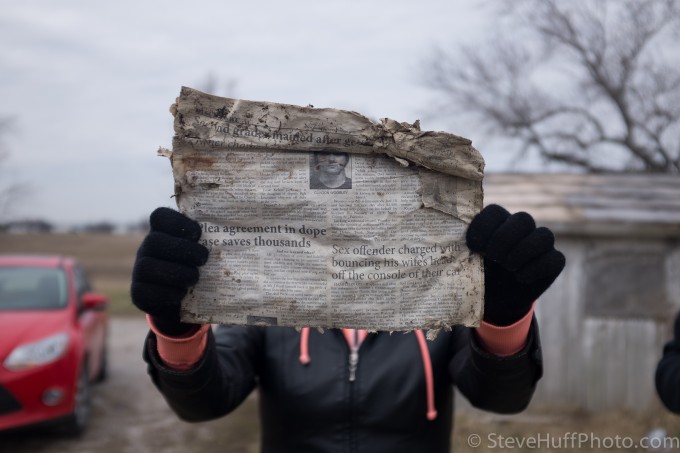
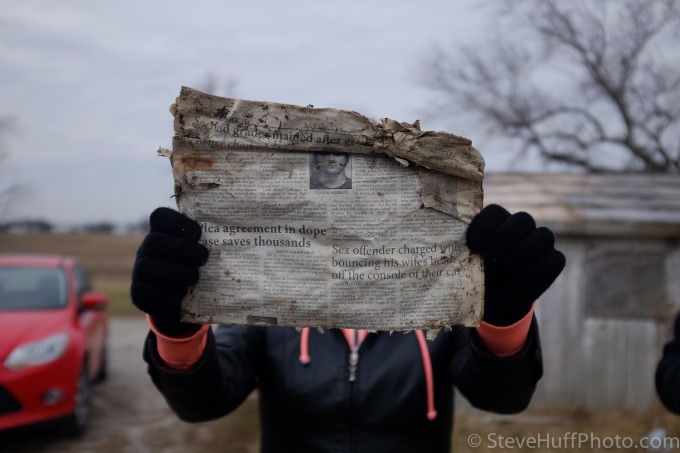
Is there ANYTHING bad to say about this X100s?
Well, I tried and tried to drum up something and all I can think of is I wish it had a bigger battery, wish it had faster AF in low light and wish it had image stabilization with HD video as well as fast focus for video. I tried to shoot video with this using AF and it was a no go. Motor noise and slow/dodgy AF just did not work. So video is a no go for me with the X100s. The battery is not really an issue as I have 3-4 on me when shooting (they are cheap on Amazon) and the AF in low light is solved by using peking or split image MF, which works extremely well. If I could have one wish for the next X100 it would be to see a full frame version with even faster AF for low light. THAT would be the best camera ever in the world of 35mm fixed lens cameras.
Is this the new Leica M?
I keep hearing things around internet land where some are calling Fuji the new Leica. You guys know I shoot Leica and I love the M camera system and I am also the 1st to say that it is overpriced for the masses. The fact is that Leica makes a gorgeous camera system and if it is something one can afford it is a joy to shoot, hold and use. The results are up there with the best though it is not the best there is. I love my Leica M (
gallery here) and for me there is nothing on the market that compares to shooting with an M rangefinder, notice I said “for me”. The X series from Fuji is nothing like shooting a Leica M in use, handling, framing, or output/quality but every year Fuji seems to get closer. It does have Leica inspired styling and great output but the files are not up there with the full frame M. Again, $1299 vs $10k..so this should not come as a surprise. Just the facts and I only bring it up because I see some out there saying this camera beats a Leica. Maybe an X2, but not an M.
an OOC JPEG
But! I do give Fuji credit because they are releasing cameras that are very “Leica-like” and these cameras are very unique on the market as well. They are priced right and perform with great quality output. The X bodies had some issues out of the gate but I think Fuji is onto something big here as they just keep getting more and more photographers on board who swear by them and the X100s is as good as it gets in the X world.
Fuji as a company really seem to get it, and they may just be like the new Leica when it comes to designing beautiful and functional cameras that will deliver the goods, all for MUCH less than a Leica and in the future they may just release a full frame body that can take Leica lenses for 1/3 the cost. We shall see.
Pros and Cons of the X100s
Pros
- Still the same size and design of the X100
- MUCH faster processing and camera has no real lag
- Improved AF speed in good light making it very snappy
- New Manual focus modes are a nice welcome, and work well.
- New Q menu with easy access to all settings
- Built in ND filter really comes in handy
- Improved high ISO making this quite amazing at high ISO
- Same lens but said to perform even better due to enhancements
- Improved EVF, no lag and clearer image with more resolution
- Can close focus even closer without engaging macro mode
- High Dynamic Range
- $1299 price tag is great for what this camera can do
- Knobs and dials are now stiffer
- They seemed to have fixed the Mac OS/SD card error bug
- No lens aperture rattle
Cons
- AF still lags in lower light and sometimes will not lock
- Close focus with OVF still not super reliable
- Wish you could turn OFF noise reduction completely
- Lens is slightly soft at f/2 but still performs good
Final Word
As you can see my cons list is small. Yes, I slightly prefer the old X100 sensor and look but that is just my tastes and preference and may be because that is what I am used to. The new sensor is highly capable as well and this is the best Fuji digital camera to date, period. It is fast and feels like a mature camera. No more quirkiness to work around and the experience of shooting is a pleasure. While it cant quite compete in output with the Sony RX1, a camera most similar to the X100s, it has its own style and flavor of IQ for much less and is more responsive and fun to use (love the built in EVF/OVF) and some just may prefer it. The X100 was and is a much loved camera and the X100s will be as well. In fact, I bet it will sell even more than the X100. It is well worth the cost and a better camera than the previous 100. If you enjoyed the 100, you will LOVE the X100s.
I would own it if I did not already own an RX1, and while I prefer my RX1 I can state that the X100s is a gorgeous little camera that when placed in the right hands can and will produce stunning results. It is well worth the cost. As for Bokeh lovers, the Fuji will give you
much more DOF than something like an RX1 as well. For example, you can see my RX1 gallery
HERE and you can notice the shallow DOF you can achieve with it. The X100s will not get you there if you are looking for it because it has a 23mm lens which will give you more DOF over a 35mm lens of the same aperture.
Sometimes this is a good thing. The X100s also has an APS-C sensor where the RX1 has a full frame sensor.
All in all, the X100s may be the hottest camera of the 2013 year. Giving you stellar results for a fraction of the cost of the big boys. I congratulate Fuji on creating what I feel is hands down, their best digital camera to date.
Canceled flights – X100s – Alien Skin Exposure conversion
HELP ME TO KEEP THIS SITE GOING AND GROWING!! IT’S EASY TO HELP OUT & I CAN USE ALL THE HELP I CAN GET!
PLEASE Remember, anytime you follow my links here and buy from
B&H or
AMAZON,

this helps to keep my site going. If it was not for these links, there would be no way to fund this site (and the cost these days to keep it going is pretty damn high), so I thank you in advance if you visit these links. I thank you more if you make a purchase! I have nifty search bars at the upper right of each page so you easily search for something at either store! I currently spend 10-14 hours a day working on this site and the only way that I can pay for it is with your help, so thank you! Currently my traffic has been increasing but my funds to pay for the site has been decreasing, so any help would be GREATLY appreciated!
Even if you buy baby food, napkins or toothpicks at Amazon it helps this site, and you do not pay anything extra by using the links here. Again, you pay nothing extra by using my links, it is just a way to help support this site, so again, I thank you in advance

More info is
here on how you can help even if you are NOT in the USA as I have Amazon links to
Germany,
United Kingdom and
Canada as well!
If you enjoyed this article/review, feel free to leave a comment at the bottom of this page and also be sure to join me on
twitter, my
facebook fan page and now
GOOGLE +!
Also, you can subscribe to my feed at my subscribe page
HERE and read these posts in your browser or news reader!

